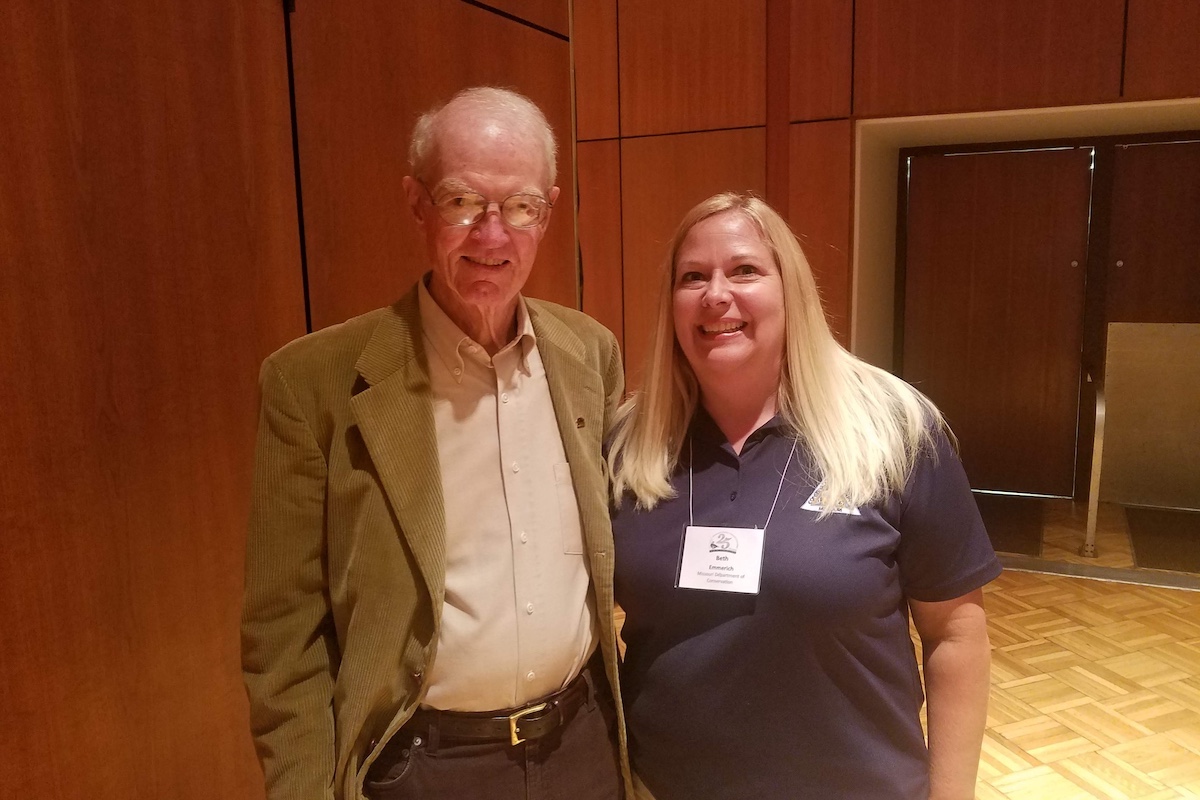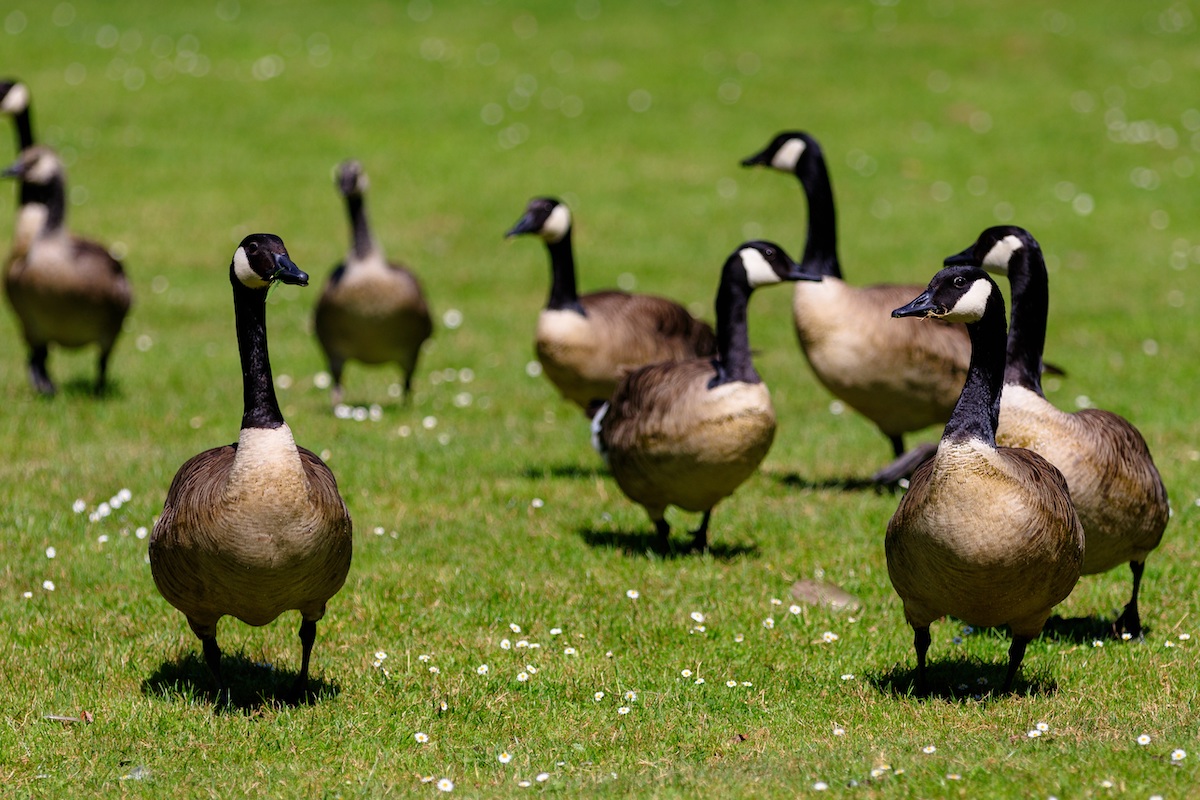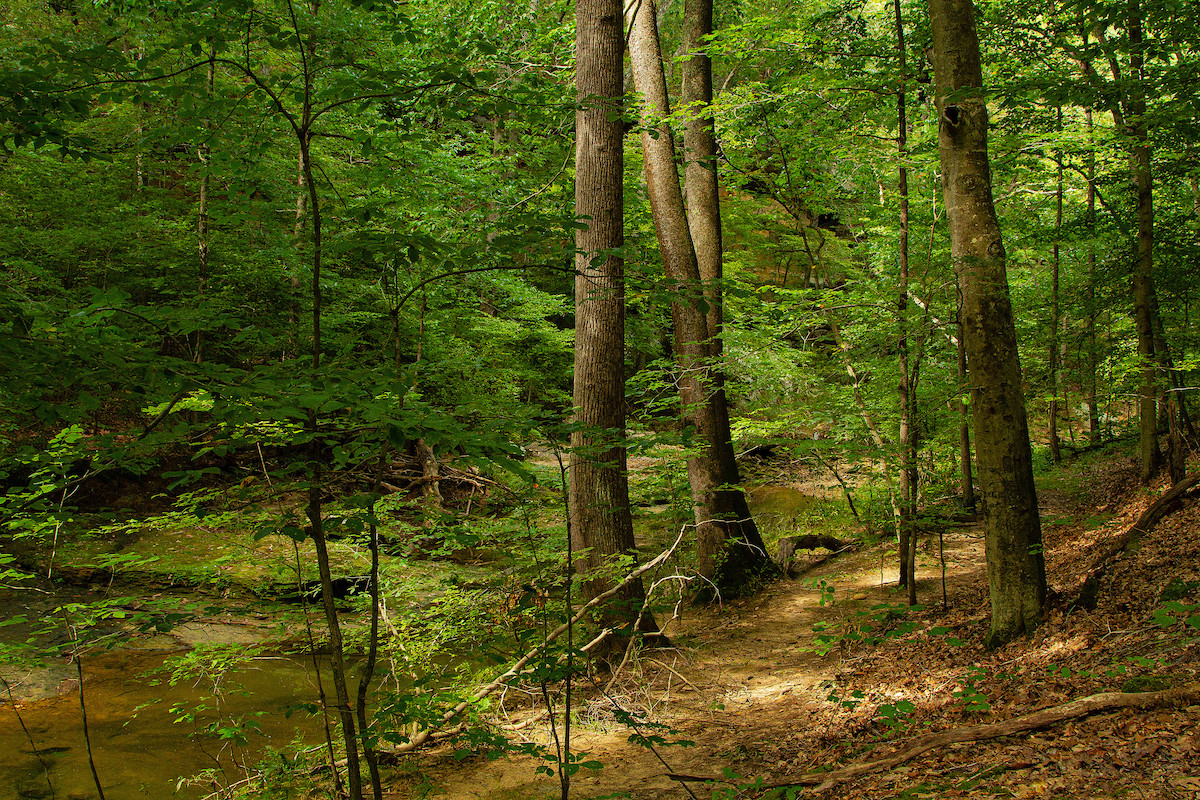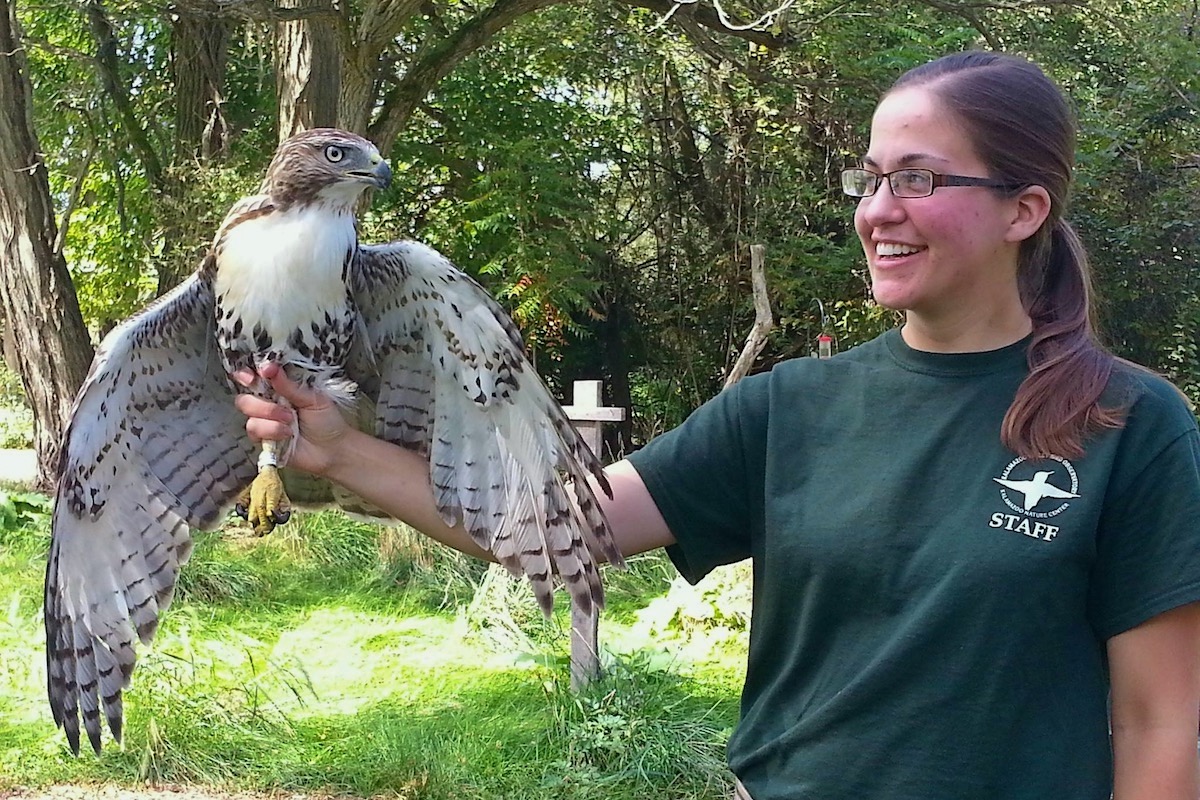
This series of articles asks long-time wildlife conservation leaders from Illinois a series of questions about themselves, changes in wildlife conservation during their careers, and what they feel are the biggest wildlife management changes and challenges today.
On a rainy day during the last week in July, I met with Stan Etter in the familiar surroundings of the Gibson City Field Office, where he spent a good part of his career. Etter grew up as an avid sportsman and duck hunter in the small town of Rapatee, not too far west of Peoria. Rapatee had a population of around 100 in its heyday, and as he noted, “I knew all of the people in town, and most of the dogs and cats.”
Etter’s career bridged research and management—working for both the Illinois Natural History Survey and the Illinois Department of Conservation (IDOC), which later became the Illinois Department of Natural Resources (IDNR). He is best known for his practical research and linking that research to management of pheasants and other wildlife in agricultural systems. He was an author on more than 20 publications in his career.
Etter has long been an advocate for Illinois wildlife through his leadership and membership in many conservation organizations, and was the recipient of the Professional Award of Merit from the Illinois Chapter of The Wildlife Society. Etter worked as both a District Wildlife Biologist and a Private Lands Habitat Biologist during his time with IDNR. In 2008, he retired from IDNR as the Habitat Team Program Manager.
OIWJ: Was being a wildlife biologist your first career choice? When did you know that you wanted to be a wildlife biologist?
ETTER: No, I started out in pre-med, although that was not my choice. My Dad had always wanted to go to medical school himself. I was smart enough, so I started in pre-med at the University of Illinois for three years and even did one year of medical school in Chicago. I was doing well but was miserable the whole time. I went home every weekend during duck season to hunt. I didn’t like being inside in the white coat, and I honestly think I always knew I wanted to work in the outdoors and in conservation. I just knew that somehow I was supposed to get dirty! I left and went to the Champaign campus to pursue my master’s degree in wildlife and ecology.
OIWJ: Who were some of the early mentors in your wildlife career, and how did they influence your own career?

ETTER: I would say Dr. Hurst Shoemaker. Well, Dr. Charles Kendeigh was an early mentor, too, and on my graduate committee, but my actual advisor was Dr. Shoemaker. Shoemaker taught me the value of working with constituency groups, such as sportsmen’s clubs, and also in helping to educate those groups. I ended up working with Shoemaker on an IDOC-funded prairie-chicken project, trying to salvage eggs from nests mown over, then hatch and raise prairie-chickens. That was a tough job—20 hours a day. The chicks wouldn’t eat and it took lot of work to feed them moving mealworms coated with supplements and medicine. There also were a lot of trips to the vet school with sick prairie-chickens. My thesis ended up being on the growth and molt patterns of young prairie-chickens. In 1963 and 1964 we had booming prairie-chickens at the Vivarium in the middle of the U of I campus! That might have made a good paper.
The opportunity to work at the Illinois Natural History Survey—and I hate to name any one person there because the Survey was full of great mentors in the 1960s—was a great experience. I learned about the integrity of research and what it was you needed to focus on. I learned the only research worth doing is long-term research.
I would also be very remiss in not mentioning both Jim Moak and Floyd “Jake” Kringer who were with IDOC. Moak taught me the value in delegating work and authority, and Kringer taught me how to have ideas and projects ready for the times funding was available. I was fortunate to work closely with Bill Anderson, too, and he was a big influence in my career.
OIWJ: When you began your career, what did you feel was the most pressing or urgent concern for wildlife conservation?
ETTER: I would have to say it was loss of wildlife habitat and pollution. For me, it was new farming practices and how wildlife was finding their habitat situation on farmland. That issue broadened over time as we watched woods no longer being pastured, when wildlife such as deer were reintroduced, and coyotes appeared. Almost all the woodlands were open and there were hardly any maple incursions when I started.
In the 1950s pollution was a big issue, including pollution from human waste in the bigger rivers. In the 60s and 70s it was more chemical pollution—we were really beginning to expand pesticide applications, before ‘Silent Spring’ and that type of awareness about insecticides. A lot of universities and others were doing research on insecticides and chemicals, but the words ‘Silent Spring’ by Rachael Carson pulled it all together. Back then they were even finding robins on campuses that had been killed by insecticides. Guys would come in at night, their hands yellow with things like DDT.
OIWJ: What aspect or element of your own career are you most proud of, and why did you pick that?
ETTER: Well, in my career, everything had to do with Roadsides for Wildlife. I was collecting roadside wildlife data on the Sibley Study Area for the seven years I was there working for Dr. Blair Joselyn. It was comparative research that had a practical application, based on earlier projects. I am very proud that this work was centered on practical applications to management. The research from the Sibley Area was then tested on the Ford County Management Unit north of Gibson City at the population level, and I was involved with that as well. When that research had proven that roadside management was effective, Larry David began to get the IDOC Roadsides for Wildlife Project up and running. Later it was called the Roadside and Farmland Wildlife Habitat Project when I came back to work after a stint in farming. My time as a farmer definitely helped my career when I worked directly with farmers and wildlife programs.
We always did a good amount of research in the Roadsides project to make sure we were being effective, and I am proud of that. We also were lucky to beat the total conversion of pastures to tall fescue, which may have made our work impossible. It doesn’t hurt to be lucky!

OIWJ: What do you feel is the most urgent problem facing wildlife conservation today?
ETTER: I would still say it is still loss of habitat and pollution, or degradation of the habitat that remains. On agricultural areas, how fast everything is tilled and planted and how quickly crops come out of the fields is a big change and a challenge. We still haven’t really made much progress with siltation. The Illinois and Mississippi rivers are full of silt.
We also have lost so much habitat that populations of things like quail, in many parts of Illinois, are nearly impossible to sustain over the long term. For many species, we now have small populations in small areas. Species such as black bears might be able to survive on the human/wildlife interface in some places in the future. Other species, deer and doves, for example, seem to be doing well.
It is important to hang on to data collected in the past, when populations were less fragmented. We may very well need this information as good data is harder to collect with small population sizes on these smaller areas. Endangered species will now have a more difficult time in this landscape.
I don’t want to forget climate change. Even though the poles and coastal areas may feel the effects of climate change first, we in Illinois need to be monitoring and conducting research on this as well—from effects on nesting birds to waterfowl migration and more.
OIWJ: In your opinion, what was the biggest change occurring in the field of wildlife research and management during your career?
ETTER: I think I would have to say computerization. It has been somewhat of a help, and a hindrance. It certainly is an aid in collecting and managing data, but in some cases analysis relies too much on the computer software that can generate an answer, and less on the thought that goes into the appropriate use of certain statistics. Perhaps too much time is spent behind the screen and not in the field as well.
Paul Brewer is a veteran Illinois wildlife biologist, beginning his career as a research technician with the Illinois Natural History Survey. After a long career as a district wildlife biologist, he retired as manager of the Wild Turkey Project in IDNR’s Division of Wildlife Resources. Paul continues to remain active in the wildlife field and in working with prescribed fire management, and enjoys managing habitat for wildlife on a small Hutton Township farm in Coles County. He is the past President of the Illinois Chapter of The Wildlife Society.
















Submit a question for the author